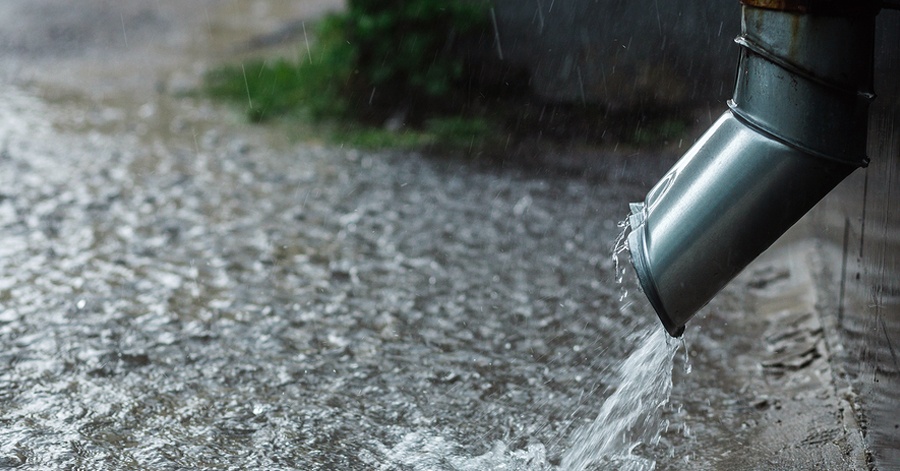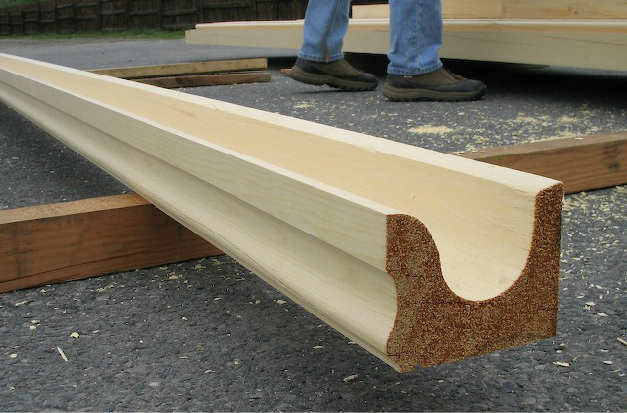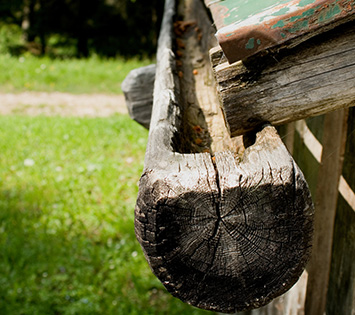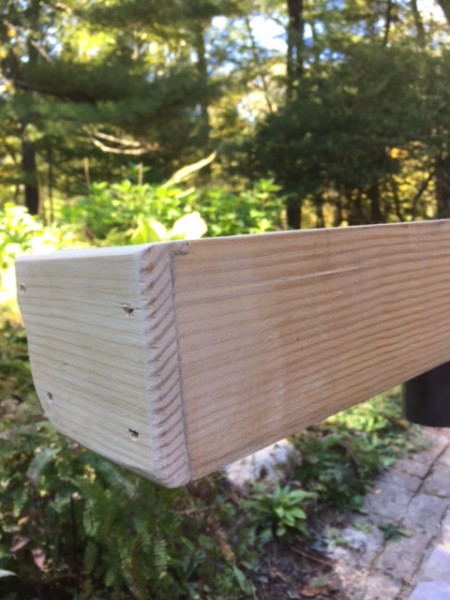Cross section of a paxton gutter with glazing bar when the crystal palace was designed in 1851 by joseph paxton with its innovative ridge and furrow roof the rafters that spanned the space between the roof girders of the glass roof also served as the gutters.
History of wooden gutters.
The main objective of these ancient gutters was to move water from one location to another.
Box gutters are actually built off of the rafters of the building they are not hung from the building as metal gutters are.
The romans were the first to use drainage systems to drain water away from streets.
In the early 1700s cast iron became a very plentiful and cheap material changing the history of rain gutters.
They tend to be v shaped and made of wood sometimes lined with metal.
Gutters become popular on buildings in the american colonies.
There are even nuances to gutter beads.
Erika huber of ornametals manufacturing in cullman al explains that their european style half round gutter features a forward bead and high back that incorporates a drip edge.
As the century progressed wooden gutters began to be placed onto public buildings and wealthy homes.
Types of gutters k style gutters 1950s present half round gutters 1900s 1960s cast iron 1820s 1870s wood gutters 1600s 1910s.
Wooden gutters have been around since colonial times and often had the dual purpose of catching water at the eaves of a building while providing various moulding buildups which created attractive design features.
The most common kind consists of two wooden boards in a v shape and are fastened to structures with cast iron brackets or wooden pins.
The yeoman would use wooden gutters or lead lined wooden gutters.
The original wood gutters were made from old growth cedar a product that became rarely available and was substituted with new cedar or hemlock wood lined with zinc to help them last longer.
Wooden gutters and downspouts were developed in recently.
The material quickly gained popularity and eventually replaced lead as the main metal used in gutter creation.
This profile is designed to both prevent water from seeping behind the fascia she says and to allow roof runoff to overflow the front edge in the event of a downpour.
These wood gutters must be lined with metal.
The ordinary house owner until mass production arrived in the 18th century had to rely on either lead lined wooden gutters or just plain wooden gutters.
Rainwater captured in barrels was used for bathing and washing.










